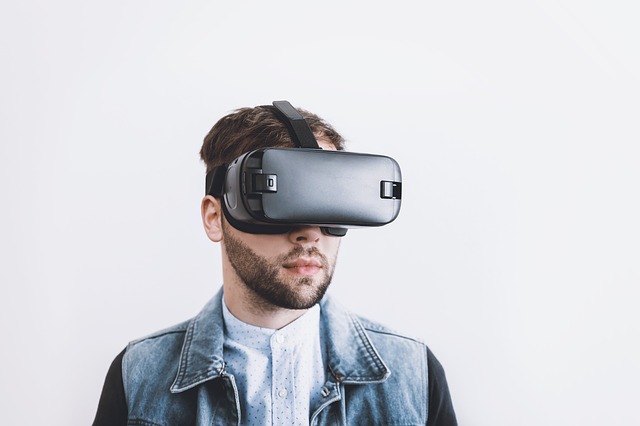A new study merges centuries-old wisdom with modern technology.
In ancient Israel, King Solomon was renowned for his wisdom. People would come from far and wide to seek his counsel. However, that wisdom extended only to dealing with the problems of others. Reflecting this, “Solmon’s Paradox” refers to the tendency for people to display greater wisdom when contemplating the problems of others, rather than their own issues.
Self-distancing is a psychological technique borne from this trait. The idea behind self-distancing is that it allows you to detach from your emotional baggage and view your problems from a more distant, external perspective. Essentially, to view your problems as though they were someone else’s.
While self-distancing has been shown to be an effective method of self-counselling, it can be a difficult technique for patients to master. Enter virtual reality. Using virtual reality technology it is possible to create a realistic, virtual avatar of a patient that matches the patient’s physical appearance and uses visuomotor synchrony to match the avatar’s movements to the patient’s own. Once a participant has embodied their virtual avatar, using a body-swapping technique can help them observe their virtual self from another perspective, thus creating self-distance.
Creating virtual reality scenarios
This is the premise underpinning a new study recently published in Nature. In this study, the research team created two virtual reality scenarios. In each scenario, participants were scanned to create a realistic virtual reality avatar of themselves. In their avatar form, they were then placed in a room across from a virtual embodiment of noted psychologist Dr Sigmund Freud. The participants would explain their problem to Freud using a standardised structured sentence.
In the first scenario, the Freud character would generate scripted responses. This was referred to as the Scripted scenario (S). The second scenario was the Self-Conversation group (SC). Participants in this second group would alternate between embodying their virtual selves and embodying the Freud character. They would first pose questions or share problems as themselves. Then they would body-swap into the Freud avatar. Their problem or question would then be replayed to them so they got to hear and see their virtual likeness explain the problem. The participants would then, as Freud, dispense advice before being swapped back to their own avatar and having that advice replayed to them.
Self-conversation benefits patients
The take-home result was that participants in the self-conversation group reported greater benefit than patients in the scripted group. In general, SC participants felt they had attained greater knowledge and understanding of their problem and that the virtual counselling session had generated new ideas and given them better control of their problem. The intervention changed the thoughts and feelings of 86% of the SC group, compared to 48% of the S group.
The study sample size was small, with just 29 patients in the S group and 29 in the SC group. The participants were quite young (average age 21.5 +/- 3.75 years) and both groups were almost evenly split with 15 women and 14 men. Participants in both groups found the VR scenario convincing and expressed a high degree of “body-ownership” over both their virtual avatar and (for the SC group) the Freud character.
Implications for practice
So, does this study mean that psychologists, psychiatrists and counsellors are about to be replaced by VR technology? No. Or at least certainly not for the foreseeable future. This study demonstrates that using VR can help certain patients to employ distancing techniques in self-counselling. It does not compare this method to other distancing techniques or other methods of counselling or self-counselling.
Further work will be needed to explore what particular patient groups would benefit from this kind of technology. Participants in this study were screened for psychosis by a trained psychologist before they could be enrolled. Whilst body-swapping in a VR environment proved to be beneficial for the study population, it’s clear that for other patient groups (e.g., paranoid schizophrenics or patients with delusional psychosis) VR and body swapping could be damaging. Similarly, the age of the study population may be relevant. It is unclear whether a similar study design would work as well with an older patient population who may be less familiar or less comfortable with virtual reality technology.
Putting these caveats aside, the results of this study are fascinating and open up a world of possibilities. Virtual reality technology is advancing rapidly and this study demonstrates a novel application of VR, which could be used to improve mental health for huge numbers of people. Whether it’s through self-counselling or perhaps by exploiting improvements in artificial intelligence, virtual reality certainly has the potential to improve access to mental health care.
Written by Michael McCarthy
Reference: Slater M, Neyret S, Johnston T, Iruretagoyena G, Crespo MÁdlC, Alabèrnia-Segura M, et al. An experimental study of a virtual reality counselling paradigm using embodied self-dialogue. Sci Rep. 2019;9(1):10903.
Image by Jan Vašek from Pixabay



